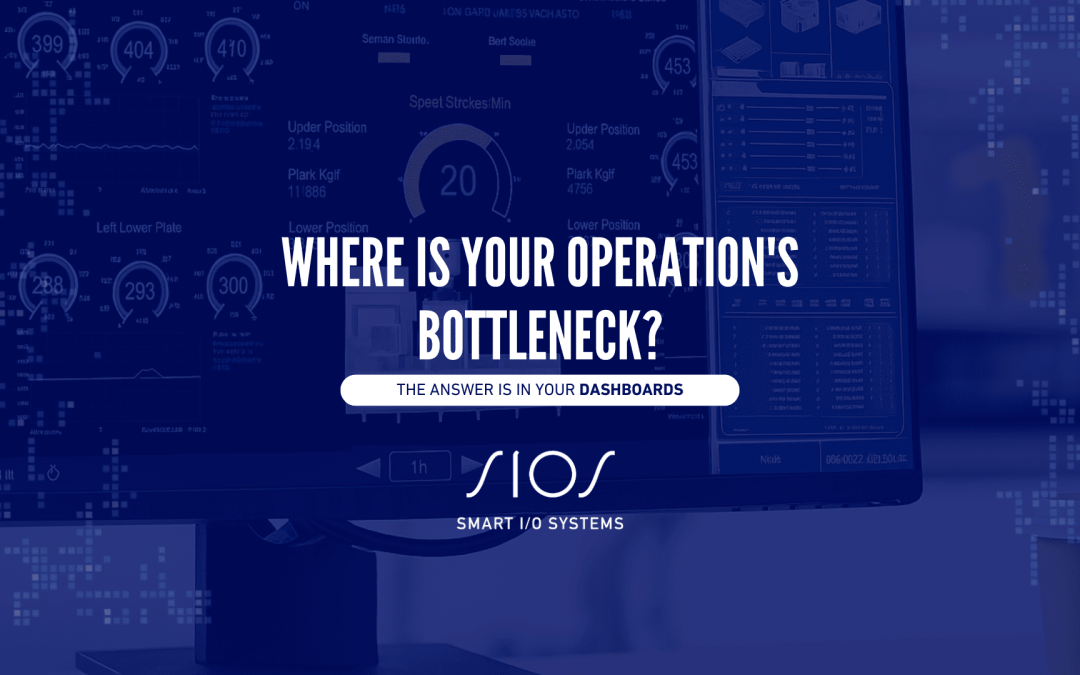Understanding what limits your operational capacity isn’t just helpful—it’s crucial. Many companies think they know where their bottleneck is, but without accurate data, diagnoses are often uncertain. And it’s in those margins of error that efficiency, resources, and growth opportunities are lost.
What is a bottleneck, really?
A bottleneck is the point in your process that determines how much your entire operation can produce. It could be a machine that frequently breaks down, a production line that slows during certain shifts, or even a manual task that becomes critical without anyone noticing.
What kind of dashboard does your plant need?
Each industry has different dynamics. A dashboard might focus on comparing production lines, analyzing efficiency by product, or even showing real-time energy consumption. The key is designing them with a clear purpose: to help make better decisions.
A well-designed dashboard can mean the difference between operating blindly or having full control of your process. It’s a tool for analysis, continuous improvement, and above all, real transformation.
The challenge lies in identifying the bottleneck before it creates a larger impact—and for that, you need data that’s organized, contextualized, and presented at the right moment.
Once the bottleneck is detected, the door opens for deeper transformation. You can redesign processes, reassign resources, adjust operating parameters, and plan preventative maintenance more accurately. It also allows for training staff based on real, specific information, creating a more proactive operational culture.
It’s not enough to have sensors or stockpile databases. What truly matters is knowing what to do with that information. This is where operational dashboards play a strategic role.
A visual dashboard doesn’t just show numbers—it shows what’s happening. It helps identify anomalies, track the behavior of key processes, and make decisions based on evidence, not guesswork.

